Drammen's Pilot City Activity: Zero emission 2030

Description of activities
The City of Drammen aims to explore and test pathways to accelerate change toward its 2030 climate neutrality goal and generate evidence-based learnings that can inform subsequent replication and scaling efforts in all other EU cities.
The pilot activities include:
- A boost in green energy capacity through solar energy: through collaboration between the municipality and regional businesses, the City of Drammen will identify and implement measures to boost solar energy. The goal is to accelerate the energy capacity for a new green business model and help existing businesses use more green energy.
2. Circular business models: together with regional businesses and the university, the City of Drammen is pursuing the goal of re-establishing circularity for natural resources from three sources: construction, renovation, and deposits.
3. Solutions for sharing, reuse, and repair amongst citizens: Drammen municipality will facilitate such activities in cooperation with local businesses, innovators, entrepreneurs, and volunteer organisations. Drammen municipality will also work on reducing the household’s food waste.
4. Reduce traffic emissions through shared mobility: solutions for bike-sharing and micro-mobility are established in Drammen. However, car-sharing has proved to be more challenging. Drammen wants to analyse the market potential, barriers, and challenges that need to be tackled.
5. Drammen will study the health and welfare co-benefits of a large-scale nature-based intervention to regenerate the Drammen River and its banks. The city will develop and test innovative technologies, including mobile applications and virtual reality (VR), enhancing citizen engagement with the renovated areas, and boosting their health and well-being benefits.
Objective
To implement an evidence-based approach for tackling real-world urban challenges related to green (solar) energy, circular economy, mobility, and citizen health and well-being.
Are the pilot activities building upon or part of a previous and/or existing activity?
The pilot activities (PA) will build upon previously established knowledge and commenced initiatives. For instance:
- PA1 and PA2 will build upon knowledge and experience generated through the “Grønn Vekst Drammen” project, a collaboration between the municipality, local businesses, and research communities, working to make Drammen a pioneer in sustainability.
- PA3 will extend and up-scale a “fix-up shop” initiative, a small-scale project led by Drammen municipality that aims at encouraging and providing citizens with the skills and tools to repair various objects.
- PA 4 will build upon previous experience with solutions for bike-sharing and micro-mobility.
- PA5 will build upon a seeding project that is aimed at identifying relevant stakeholders/informants and gathering foundational knowledge about Drammen’s nature-based renovation process. It will also apply previously established research methodologies and technologies to the specific context of Drammen’s regenerated area.
Which emissions domains will the pilot activities address?
Systemic transformation – levers of change the pilot activities will exploit
Stakeholder types that you would like to engage in the pilot activities
Transferable features of your pilot activities to a Twin City/ies
A systematic cross-functional innovation-driven approach to tackle complex urban challenges related to green energy, circular economy, mobility, and citizens’ health and well-being in an attempt to reduce carbon emissions.
This answer is not exhaustive and simply an indicative one.
Components of the transferable features
- Ecosystemic approach to CO2-reduction involving regional businesses, municipality, universities, and citizens;
- Implementation of a nature-positive approach when reducing CO2;
- Focus on circular-economy initiatives involving citizens and businesses;
- Implementation of initiatives focused on one-health or health co-benefits.
This answer is not exhaustive and simply an indicative one.
What does the city want to learn from Twin City/ies?
- Approaches to tackle challenges related to the implementation of the pilot activities and their scalability within and beyond the city;
- Novel and effective ways of engaging citizens.
This answer is not exhaustive and simply an indicative one.

